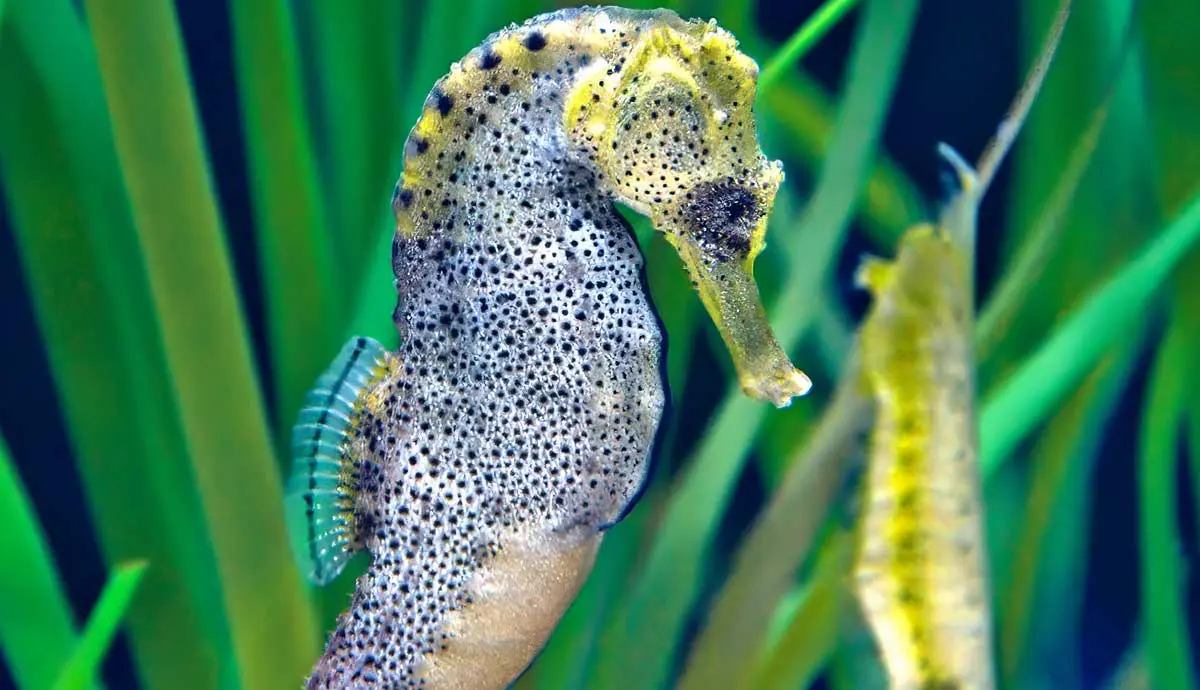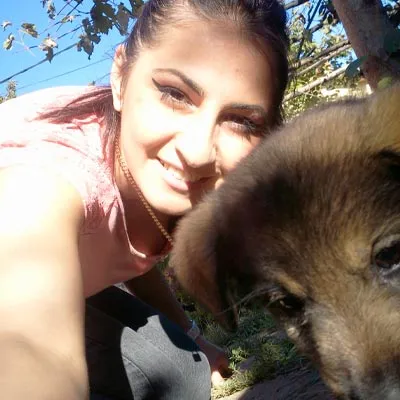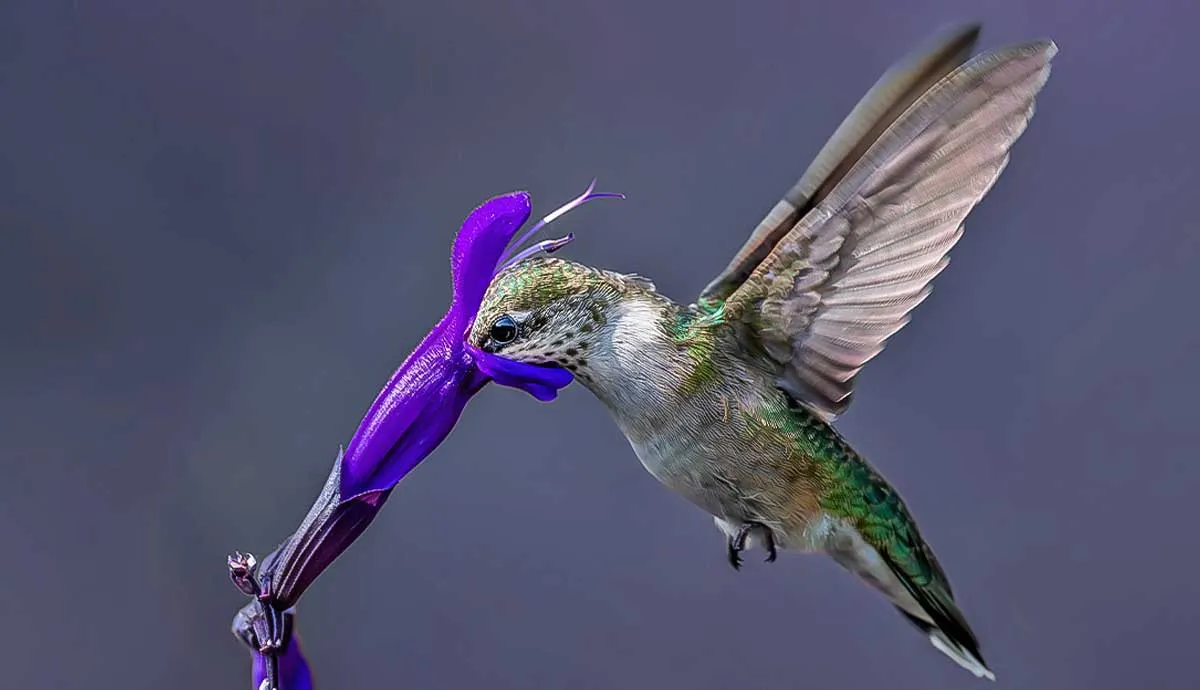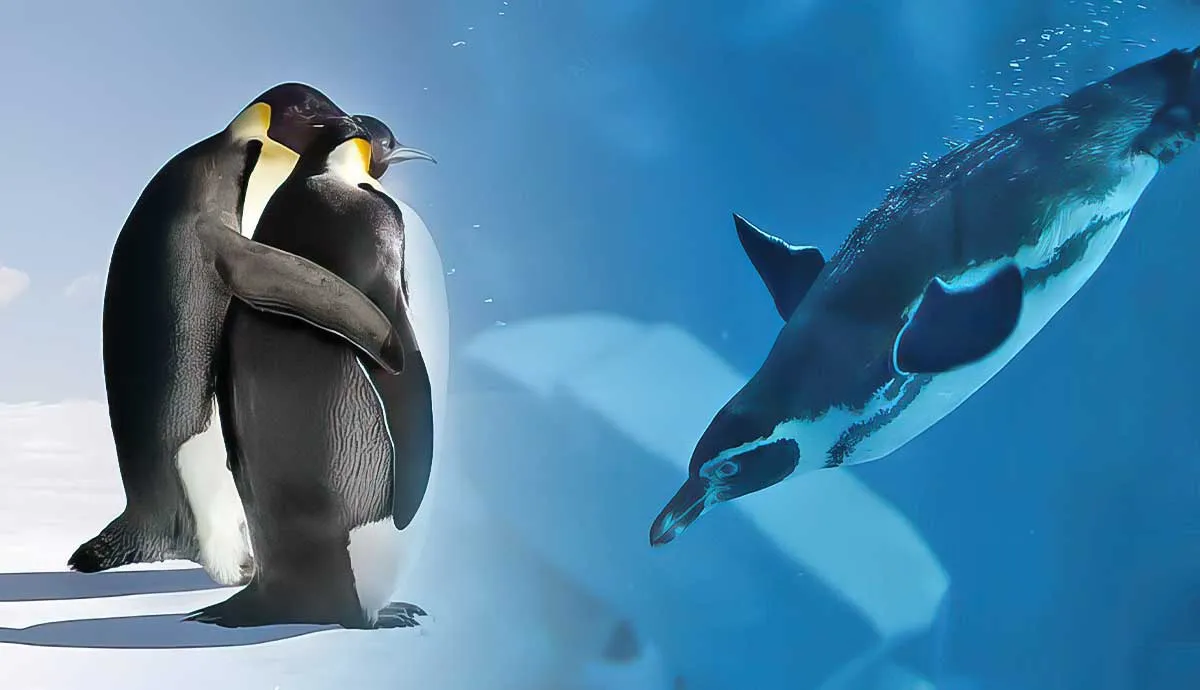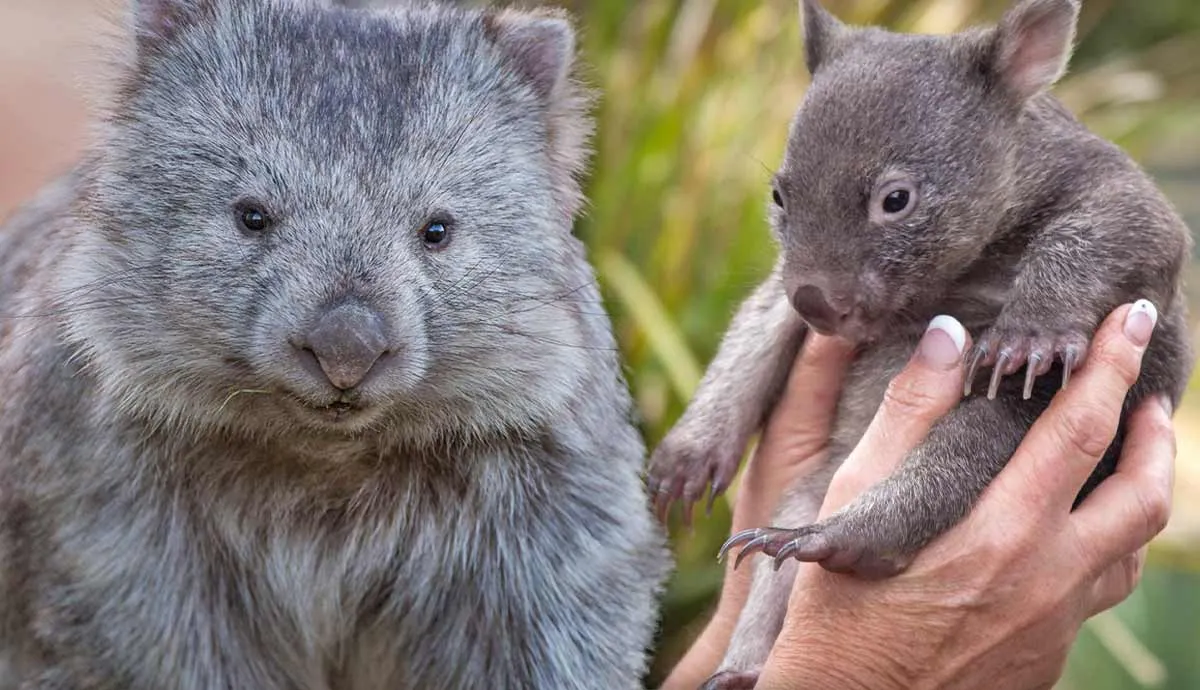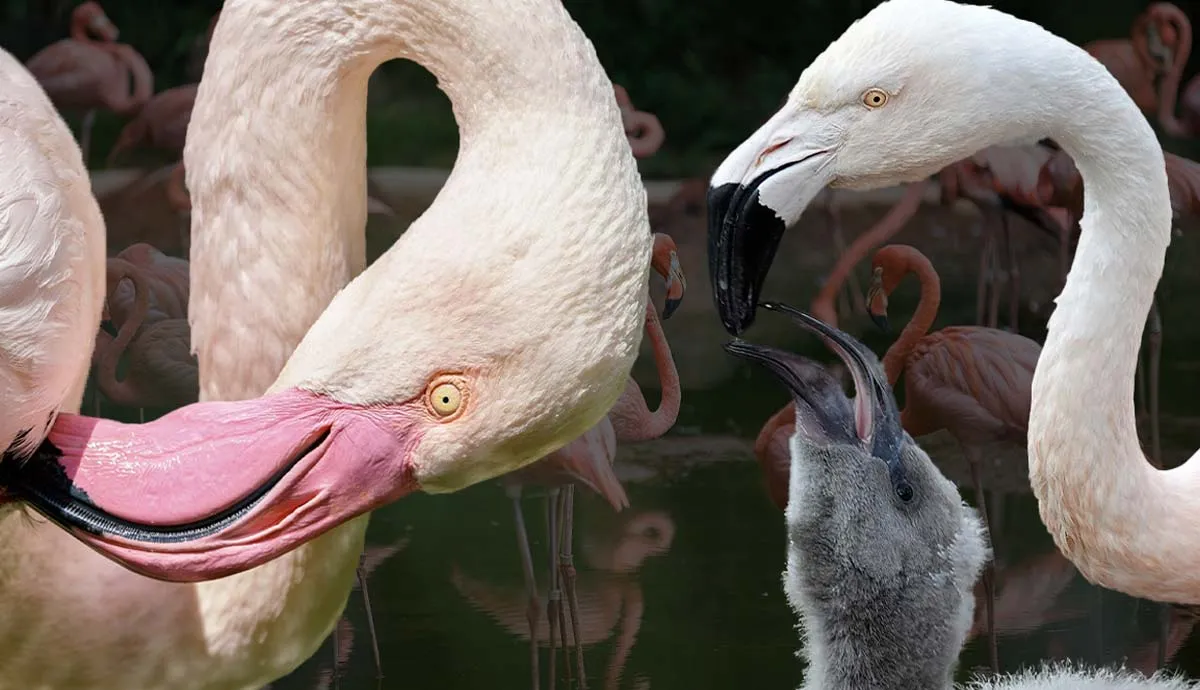They are part of the pipefish family, and experts believe they developed this breeding process for survival purposes.
Many seahorse species face decline because of pollution and development. Luckily, males can produce more babies in less time, increasing the chances of survival of their species, which we’ll discuss below, so let’s dive right in!
How Does the Seahorse Mate?
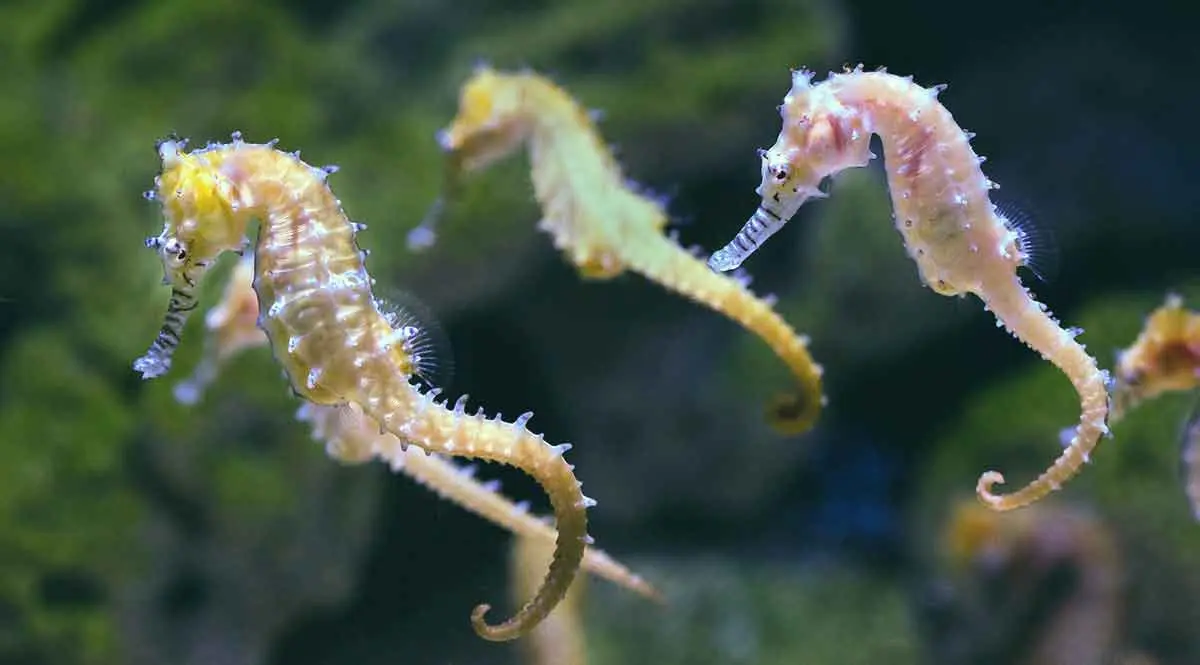
The seahorse breeding process consists of a courtship, fertilization within the male’s pouch, gestation, and birth. As you’ve already heard, the male seahorse takes on the role of pregnancy and childbirth. Here’s a breakdown of the whole process:
Step 1. Courtship Phases
The courtship includes four phases:
Phase 1: At the start, about 30 minutes after sunrise on courtship days, seahorses brighten up, come close, and engage in a special dance for 2 to 38 minutes, with quivering movements and circling a common spot.
Phase 2: Following the initial dance, the female leans toward the male, who quivers and leans away in a pointing posture that can last up to 54 minutes, followed by a quiet period of 30 minutes to four hours where no courtship happens, and males might do a pumping motion.
Phase 3: In the third phase, females brighten and point, with males responding similarly. This phase lasts about nine minutes and occurs 1-6 times during courtship, ending with the male departing.
Phase 4: The final phase involves 5–8 bouts of courtship, starting with both seahorses anchored to a plant, facing each other and still brightly colored.
During these bouts, they rise together in the water column, with the female transferring her eggs into the male’s brood pouch during the final rise.
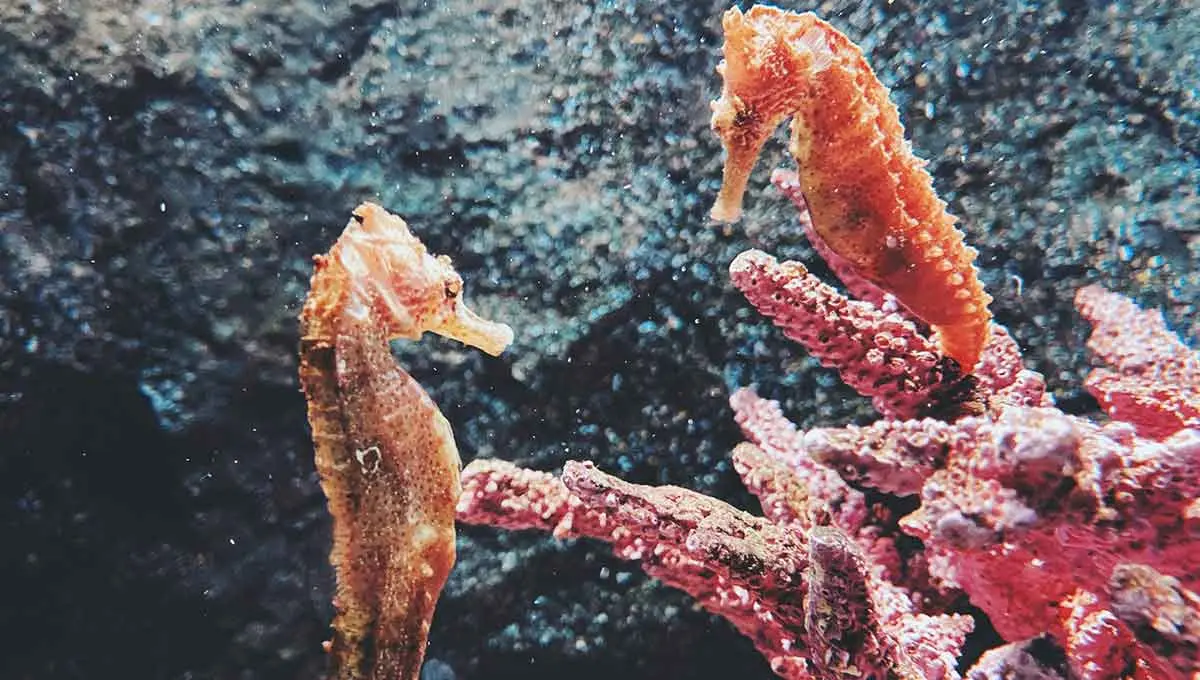
Step 2. Brief Fertilization
The male’s brood pouch opens for about six seconds during egg deposition, allowing seawater to enter and facilitate sperm activation and motility.
Step 3. Gestation
Following fertilization, a spongy tissue encloses the eggs as they embed into the pouch wall. The male’s pouch gives the eggs air, a controlled environment, and nutrients.
The babies hatch in the pouch, adjusting the water inside so they can handle living in the sea.
Step 4. The Actual Birth
The seahorse releases between 100 and 1,000 babies by muscular contractions. This typically happens at night, and the male is ready for the next batch by morning.
Unfortunately, seahorses, like most fish, don’t care for their young after birth, resulting in low survival rates, with less than 0.5% reaching adulthood.
Do Male Seahorses Give Birth?

In the Syngnathidae family (seahorses, seadragons, and pipefishes), males carry and deliver their babies. Unlike most animals, where females lead in baby-making, seahorse fathers feature a pouch in their tails, much like a uterus with a placenta.
Here’s what happens exactly: The female seahorse places eggs in the male’s front pouch. Afterward, the male adds sperm and cares for the little ones for about 24 days. During this time, he provides oxygen and nutrients, like some mammalian and reptilian moms.
In a study about male pregnancy in seahorses, researchers from the University of Sydney and the University of Newcastle reported that three small bones at the pouch’s opening, where the anal fin connects to skeletal muscles, play a vital role.
During courtship or labor, the male uses these muscles to do a sit-up dance, allowing water into the pouch and helping the release of thousands of baby seahorses.
Researchers actively study whether the dads consciously control these movements or if their skeletal muscles operate independently.
Does a Male Seahorse Die After Giving Birth?
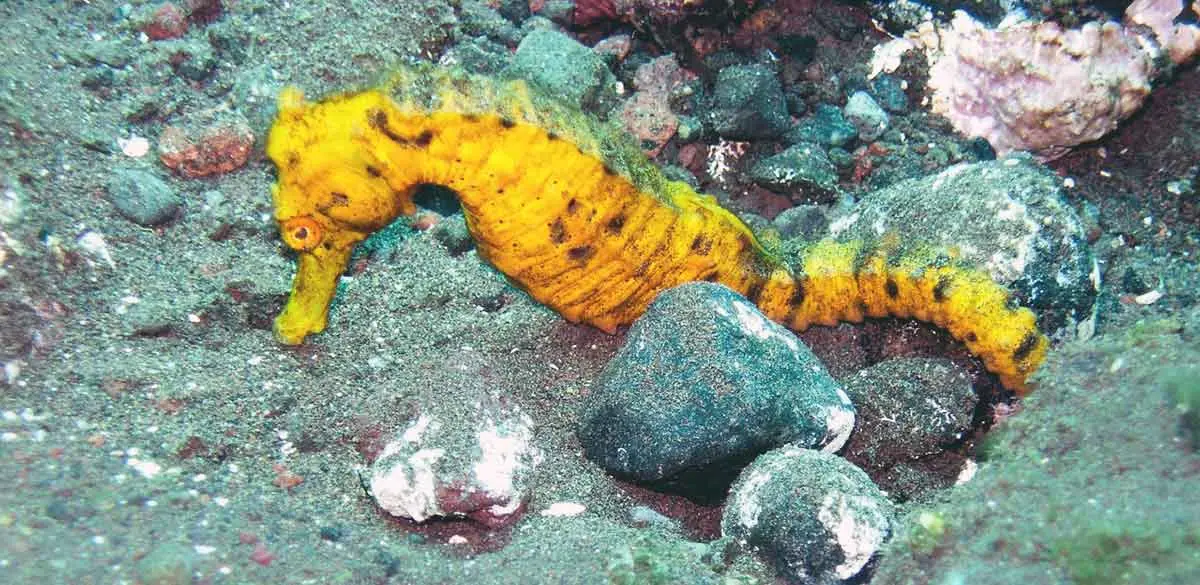
Yes, sometimes, male seahorses may die after giving birth because of stress-related factors like handling, water quality, and temperature.
In fact, stress can make males resorb or abort eggs, causing a failed pregnancy. So, if you own these unique aquatic creatures, you should maintain stable conditions, provide a nutritious diet, and avoid unnecessary transfers.
Moreover, poor water quality, separation from their mate, and heat stress can weaken the immune system of the male, putting their well-being at risk.
Why Do Male Seahorses Give Birth and Not Females?
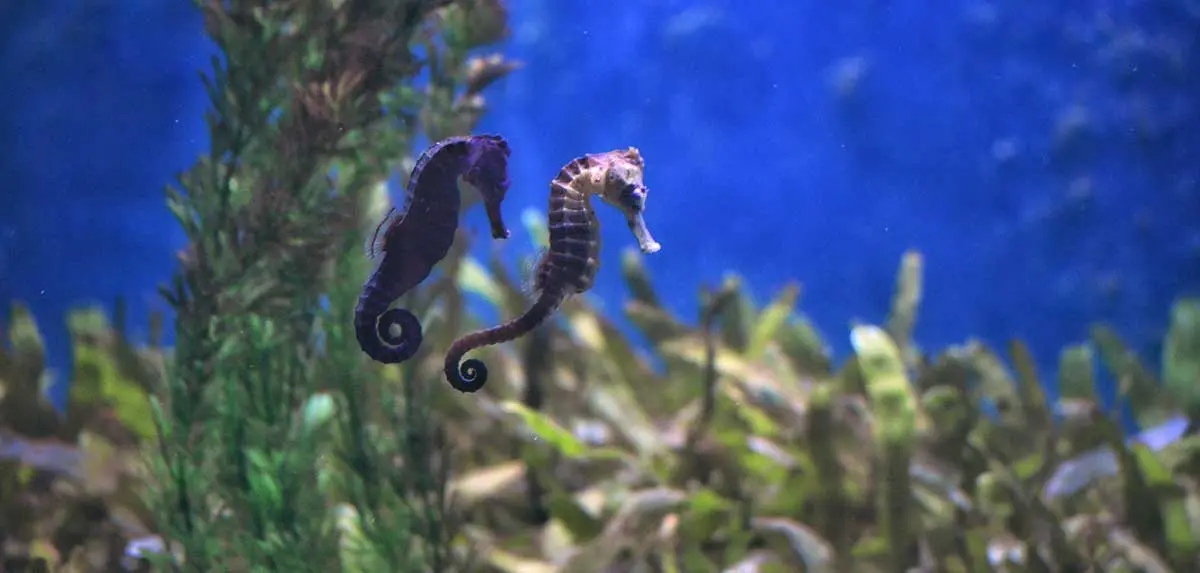
Some creatures that live in floating sargassum, like male seahorses, seadragons, and pipefish, give birth as a survival tactic.
Male pregnancy enables them to have more babies in a short period. While the male carries the babies, the female can get ready with more eggs. Once he gives birth, she can put new eggs inside him. This way, the reproduction process is more evenly split between males and females.
It also helps these animals produce more and increases their chances of surviving. So, they’re not the fastest marine animals, but they’re certainly champions in reproduction within the marine realm!
Can Seahorses Change Gender?
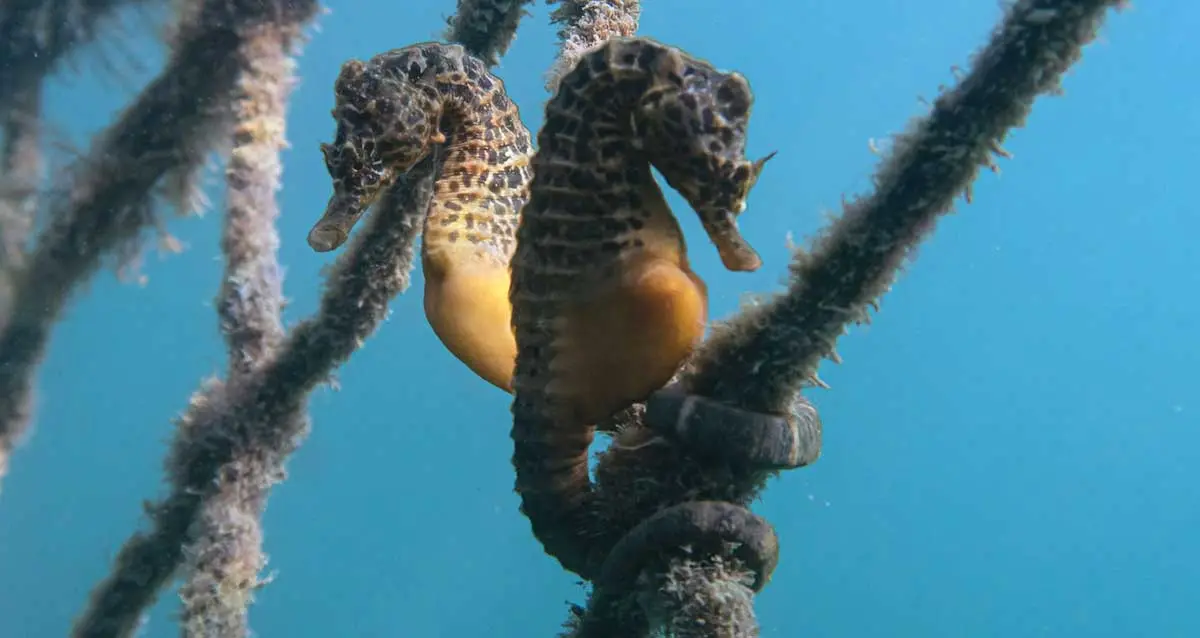
Seahorses don’t switch genders. Females lay eggs; males carry them. There is no changing – they stay male or female. The female puts eggs in the male’s pouch, and roles don’t switch during their courtship, so there’s no changing of genders.
Conclusion

In conclusion, male seahorses give birth to thousands of babies for survival purposes. And while they don’t care for the offspring post-birth, their protection during pregnancy increases baby seahorse survival.
Unfortunately, human actions like trade and bycatch threaten seahorses.
However, you can help by learning about seahorse conservation (IUCN) and supporting seagrass restoration for their habitats.
FAQs
Q: How do the survival rates of seahorse offspring compare to those of other marine species?
A: Seahorse offspring have lower survival rates compared to many marine species, largely because they receive no parental care post-birth. Other species might use mass spawning or protective nesting to increase survival chances.
Q: What are the genetic and evolutionary advantages of male pregnancy in seahorses, seadragons, and pipefish compared to other reproductive strategies found in marine animals?
A: Male pregnancy in seahorses allows for faster reproduction cycles, as males and females can simultaneously prepare for the next generation, offering a reproductive advantage in environments where survival rates are low.
Q: How do environmental factors besides pollution and development, such as climate change and ocean acidification, impact the reproductive processes and survival rates of seahorses and their relatives?
A: Climate change and ocean acidification threaten seahorses by damaging their habitats, reducing food availability, and potentially impairing their reproductive abilities due to stress and changing ocean conditions.
